Television Spain has a diverse television landscape that caters to a wide range of audiences, offering a mix of news, entertainment, sports, and cultural programming. The country boasts both public and private television channels, each contributing to the rich tapestry of Spanish television. While it’s challenging to single out the most relevant TV channel as preferences vary among viewers, one of the notable and widely watched channels in Spain is Televisión Española (TVE). This public broadcaster has a significant impact on the media landscape and reflects the cultural and linguistic diversity of the nation.
Televisión Española (TVE)
Overview:
Televisión Española, commonly known as TVE, is the national public television broadcaster in Spain. Founded in 1956, it operates under the umbrella of the Radio Televisión Española (RTVE) group, which also includes radio and digital platforms. TVE is funded by a combination of advertising revenue and public funding, and it aims to provide a wide range of high-quality programming to Spanish audiences.
Programming:
TVE offers a diverse array of programming, including news, documentaries, drama series, entertainment shows, cultural programs, and sports events. One of its standout features is the commitment to producing content in multiple languages, reflecting Spain’s linguistic diversity. TVE broadcasts in Spanish, Catalan, Basque, and Galician, recognizing the distinct linguistic and cultural identities within the country.
- News and Current Affairs:
- TVE is known for its news coverage, with flagship programs like “Telediario” providing daily news updates. The channel covers both national and international news, offering viewers comprehensive and reliable information.
- Drama and Entertainment:
- TVE produces and airs a variety of drama series and entertainment shows, contributing to the cultural landscape of Spain. These programs often reflect societal issues and historical events.
- Cultural and Educational Programs:
- TVE places importance on cultural and educational programming, showcasing documentaries, historical series, and programs that explore Spain’s rich heritage and contemporary issues.
- Sports:
- TVE holds broadcasting rights for significant sporting events, including football matches, cycling competitions, and the Olympic Games. Sports enthusiasts can rely on TVE for extensive coverage of major sporting events.
- Language Diversity:
- TVE stands out for its commitment to linguistic diversity. Programs in Catalan, Basque, and Galician contribute to the channel’s inclusivity and acknowledgment of Spain’s regional languages.
Online Presence:
TVE has adapted to the digital age, providing an official online platform where viewers can access live streaming, catch up on missed episodes, and explore additional content. The official website and streaming platform offer a user-friendly interface, ensuring accessibility for viewers across Spain and beyond.
- Official URL: RTVE
The official RTVE website serves as the central hub for accessing TVE’s content. Viewers can navigate through various sections, including news, series, documentaries, and sports. The online platform also includes interactive features, special reports, and on-demand streaming services.
Other Notable TV Channels in Spain:
While TVE is a significant player, Spain’s television landscape includes several other noteworthy channels that cater to diverse interests. Here are a few additional channels that contribute to the country’s vibrant television industry:
- Antena 3:
- URL: Antena 3
Antena 3 is a private television channel known for its diverse programming, including news, entertainment, and fiction series. It has gained popularity for its primetime shows and reality programs.
- Telecinco:
- URL: Telecinco
Telecinco is a leading private television channel in Spain, offering a mix of news, reality shows, and entertainment programs. It is part of the Mediaset España group.
- Cuatro:
- URL: Cuatro
Cuatro, also part of the Mediaset España group, is known for its varied programming, including news, sports, and reality shows. It caters to a broad audience with a focus on entertainment.
- La Sexta:
- URL: La Sexta
La Sexta is a private channel with a reputation for its news coverage, political analysis, and humor programs. It has carved a niche for itself in Spanish television.
- TV3 (Televisió de Catalunya):
- URL: TV3
TV3 is the primary television channel in Catalonia, operating in the Catalan language. It offers a range of programming, including news, drama series, and cultural shows.
- ETB (Euskal Telebista):
- URL: ETB
ETB is the Basque public television channel, providing content in the Basque language. It covers news, cultural programs, and sports events relevant to the Basque Country.
Conclusion:
In conclusion, Spain’s television landscape is characterized by a mix of public and private channels that cater to the diverse interests and linguistic backgrounds of its viewers. Televisión Española (TVE), as the national public broadcaster, holds a significant position, offering a wide range of programming in multiple languages. TVE’s commitment to linguistic diversity and comprehensive coverage of news, culture, and sports contributes to its relevance in the Spanish media landscape.
Additionally, private channels like Antena 3, Telecinco, Cuatro, and La Sexta have made a substantial impact, offering entertainment, news, and reality programming. Regional channels such as TV3 and ETB further enhance the television experience by providing content in regional languages.
As technology continues to evolve, online platforms play an increasingly vital role in how viewers access content. Official websites and streaming services provided by these channels ensure that audiences can engage with their favorite programs conveniently. Whether through traditional broadcasting or online streaming, Spanish television channels continue to play a crucial role in shaping public discourse and entertainment preferences.









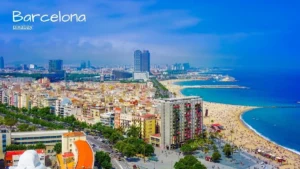



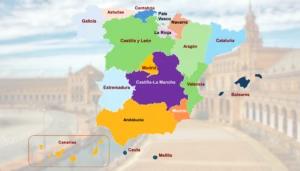

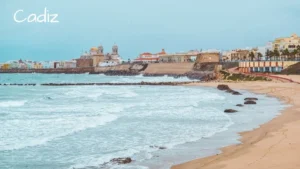







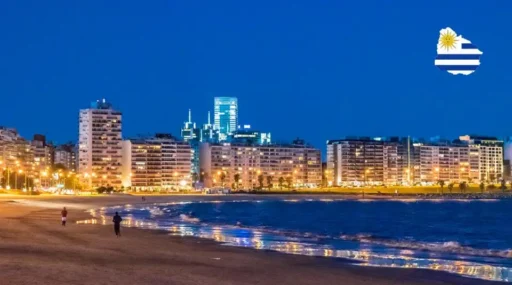

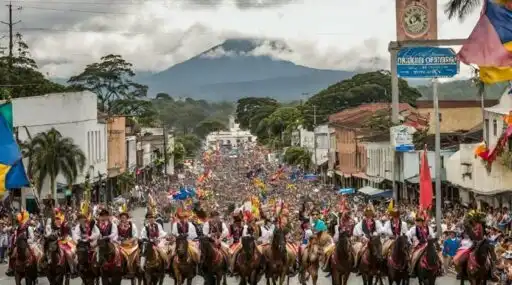









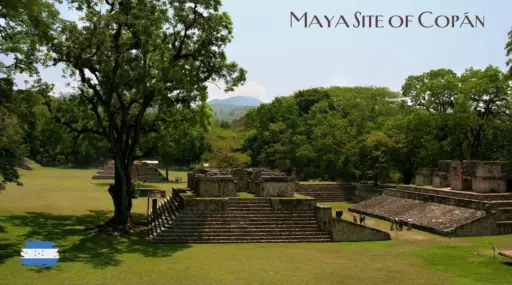

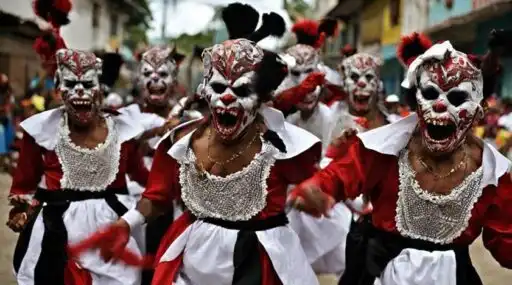






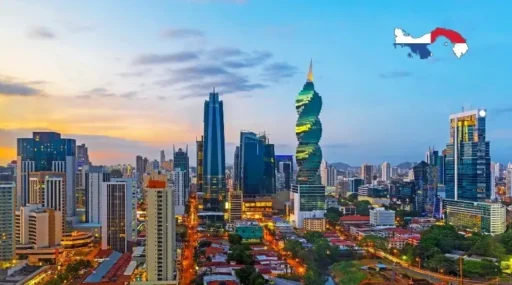




Leave a Reply